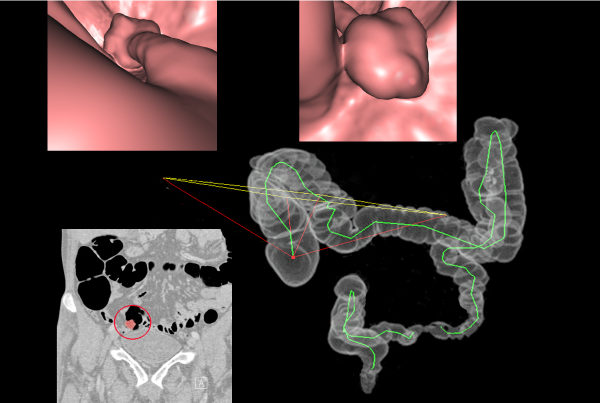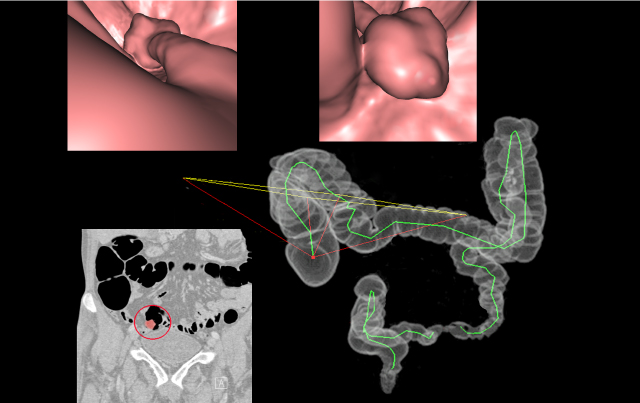CT Colonography versus Colonoscopy


Mark Kuo, MD
CT screening for colorectal cancer remains controversial. While the initial costs for CT colonography and optical colonoscopy are comparable, additional costs for evaluation and follow-up of colonic and extracolonic findings have hindered acceptance of CT screening for colorectal cancer. Mark Kuo, MD, radiologist at Scottsdale Medical Imaging (SMIL), says the controversy regarding cost effectiveness has made Medicare and other payers hesitant to reimburse for screening CT colonography for colorectal cancer.
Kuo acknowledges that in terms of colonic findings, optical colonoscopy holds an advantage because polypectomy can be performed at the time of screening, saving the patient from having to undergo uncomfortable prep twice. However, he points out that significant findings requiring polypectomy are rare. “The vast majority of colonoscopies are negative or there are no significant findings,” Kuo says. “What a lot of people think would be cost effective is if there are lesions (shown on the CT colonography) the patient should then go for a colonoscopy.”
In terms of extracolonic findings, Kuo says the controversy centers on the cost of the additional resources needed to evaluate and follow up on the suspicious lesions that CT colonography reveals that are never seen with colonoscopy. A number of studies have quantified the cost of extracolonic follow-up in terms of patient life-years saved. This involves adding all the costs to evaluate significant and insignificant lesions plus the cost of treatment.
In a 2006 British study of 225 patients, the prevalence of all extracolonic findings was 52 percent. Based on the data, researchers estimated they would detect an average of four patients with early stage cancers and about four with early stage aneurysms for every 200 people undergoing CTC. The authors estimated that at that rate of extracolonic findings an average of more than one life-year would be saved. The cost estimates for evaluating extracolonic findings range from a low of $28 to more than $300 per patient depending on the follow-up included in the cost estimates. Whether payers will determine that to be cost effective remains to be seen. In the meantime, Kuo says CT colonography “is potentially a useful tool not only for screening colons but for looking at things outside the colon.”
References:
Xiong T., McEvoy K., Morton D., et al. Resources and costs associated with incidental extracolonic
findings from CT colonography: a study in a symptomatic population. The British Journal of
Radiology. 2006;79:948-961. Pickhardt P.J., Hassan C., Laghi A., Kim D.H. CT colonography to
screen for colorectal cancer and aortic aneurysm in the Medicare population: cost-effectiveness
analysis. ARJ. 2009;192(5):1332-1340.


